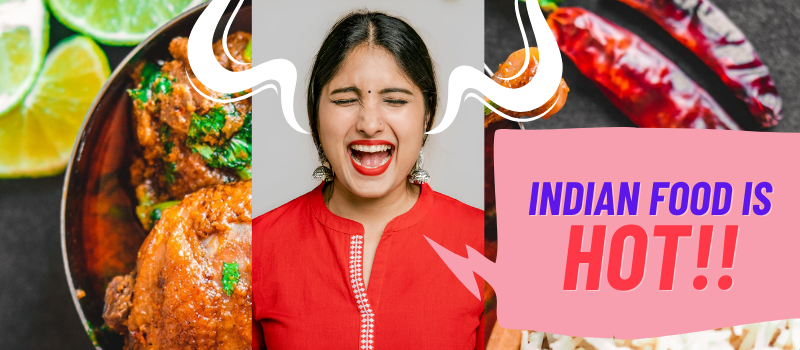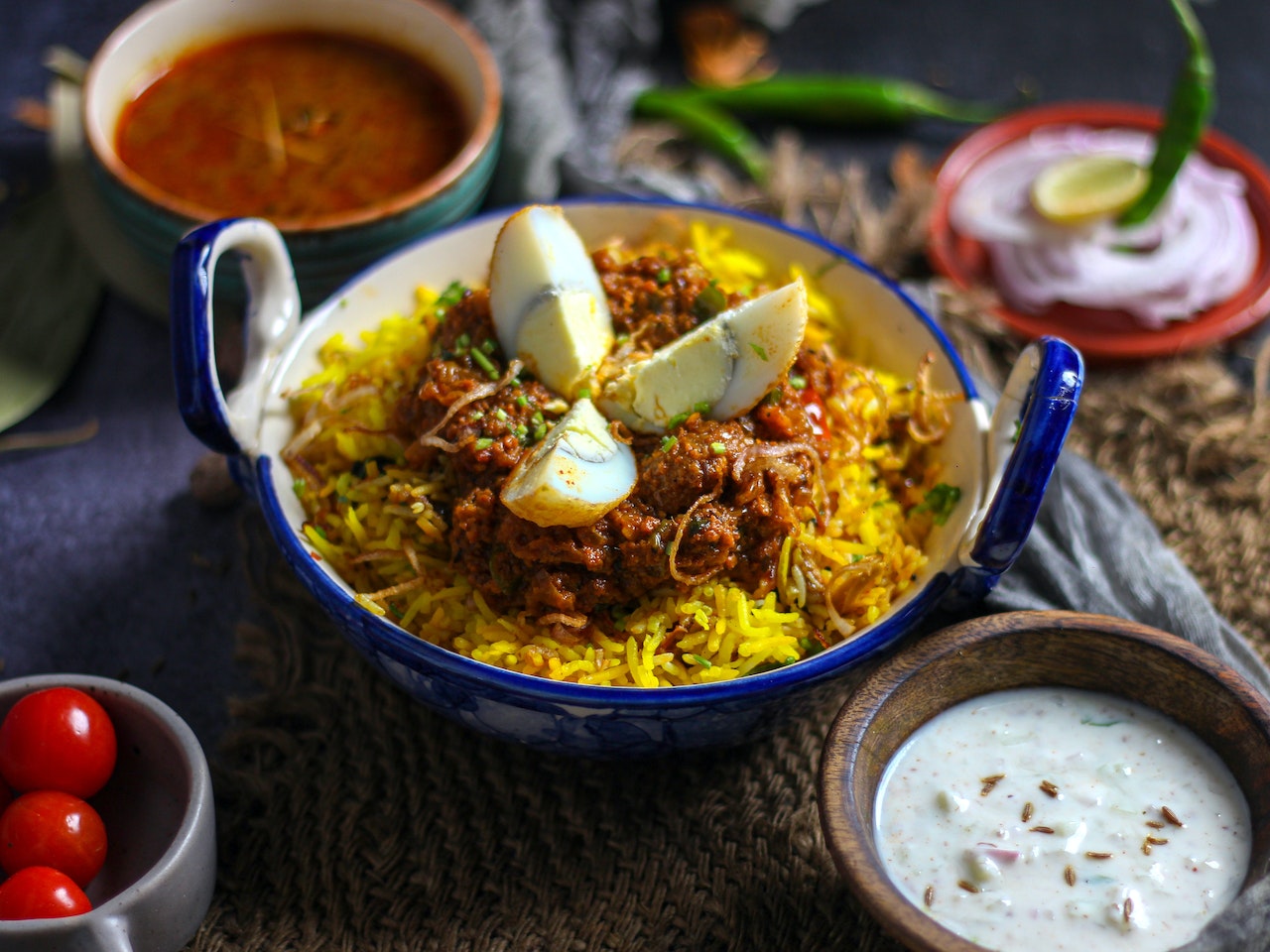Myths about Indian food are common, so let’s get you a better understanding. Those outside India are certainly more likely to get limited exposure and so limited understanding about Indian food. Spend some time with us and you will get to know the vast diversity of food culture in India,
I don’t get it, as a culinary principle. It is as though the French passed a law requiring a wide swath of their dishes to be slathered in smashed, pureed snails.
Gene Weingarten
Indian food ,.. You know, the yellow goopy stuff and the red goopy stuff and the brown lumpy stuff …
Outsourced (2010–2011 American TV Series): Season 1, Episode 2
That’s what some people say about Indian curries, who have limited experience with it. Padma Laxmi was hugely offended by the comment of Gene. However, we can just respond positively by explaining Indian food to those who don’t understand it while also busting some myths. Let’s start by listing some of these myths. As you would have noticed, the myths are from the perspective of foreigners. We know that some already love Indian food and would like to be more enlightened.
- Indian food is all about curries.
- Indian food techniques just mean loads of spices.
- Indian food is mostly vegetarian.
- Indian food doesn’t have much nutrition, especially protein.
- Indian food doesn’t have many varieties, it always looks the same.
If there are more myths you want us to discuss then do add your comment below.

Busting the Myths About Indian Food
The fact is that Indian food is so varied that those with limited information about it cannot imagine how different food of a country can be. Consider that India has the greatest number of languages (some may debate that), vast number of native races and very different history of many many small regions, and also soil and terrain of all kinds, the variety of food is bound to be just as vast. History has played a big role in developing Indian cuisines, with lots of migration from nearby regions, invasions from outside and within, which would bring in new techniques and ingredients.
While curries may be called an integral part of Indian food, even the curries are varied in look, taste, and texture. There are many other sauces, apart from curries, that you can find in Indian food. In fact, the well-known curries often are made with tomato puree, and tomato came to India only a few centuries ago, with the Portuguese. Similarly, India has made many other foreign ingredients our own, which many Indians would find it hard to believe that they are not native to India and entered fairly recently. Indian food without potato and chilies is hard to imagine, but that also indicates that the food traditions vary vastly between ancient and more recent.
For the sake of brevity, we will simplify the concepts and club many cooking techniques as we only wish to give examples of the variety. At present, what can be called Indian food, has all these varieties apart from curries:
- Breads: Naan (popular abroad), many other tandoori breads (e.g. roti, kulcha, sheermal), pan roasted flatbreads (e.g. chapati, paratha), and deep fried (e.g. poori, luchchi, bhatura, sel roti)
- Oven Roasted: A wide range of vegetarian and non-vegetarian foods cooked in tandoor (a clay oven)
- Deep Fried: Fried chicken, fried fish, kofta, chops
- Shallow Fried: Fried fish (wide variety of flavors from different regions)
- Pan/Wok Fried: Kadhai paneer, sabzi (of nearly every possible vegetable), chicken 65, ghee roast
- Snacks: Samosa, kachori, pakoda (fritters), vada pav, pav-bhaji, medhu vada
- Chaats: Tikki, pani puri, papdi
- Rice: Biryani, pulao, idli, bisibele bath
- Long Shelf-life Snacks: Bhujia, papad, mixtures, chips
- Condiments: Chutney (wide range and types), podi
- Lentil gravies/Dals: Sambar, maa ki daal, kadhi, makhni, phanu, rajma, chholeChickpeas, usually prepared as a curry. Sometimes misspelt as 'chole'. The chickpeas in Chhole are white, not black. More
- Pickles: Vegetable pickle, meat pickle
Sweets
- Puddings: Halwa, kheer
- Other Milk-based Sweets: Barfi, gulab jamun, rasgulla, dedha
- Lentil-based Sweets: Jalebi, ladoo
- Grains-based Sweets: Dodha barfi, malpua
- Vegetable-based Sweets: Petha
- Preserves: Murabba
Drinks
- Soups: Rasam
- Hot Drinks: Chai, filter coffee
- Cold Drinks: Lassi, chhaachh, sherbet, rabdiLighty sweetened grainy condensed milk, usually flavored with cardamom and dry fruits. Rabdi is usually served cold as a dessert drink. The more condensed version is eaten with spoon. Rabdi is a popularly combined with sweets, such as Jalebi, and Falooda (vermicelli) to make other desserts with more textures and... More
What you see above is only a fraction of the variety, mostly the very common dishes. Most of the items listed having a wide range in themselves and many use combination of techniques, just to illustrate that every commonly known cooking technique is also used in Indian food. Some techniques are so unique that they are hard to do justice to by describing in few words.
So, if you were told that curries and naan are the just what Indian food is, and within curries it’s mostly butter chickenRoasted chicken pieces in tomato and cream gravy. Butter Chicken is a very popular chicken curry in India and Indian restaurants abroad. Butter Chicken is identified by the slight sweetness of the reddish gravy. The sweetness comes from the cream added to it, though a little amount of sugar can... More and dal, then you have a long way to go to discover Indian food. Where would you like to start? Continuing reading posts on matiamahal.com will certainly help.
Keep updated about new posts and information on matiamahal.com. Subscribe to our newsletter.



